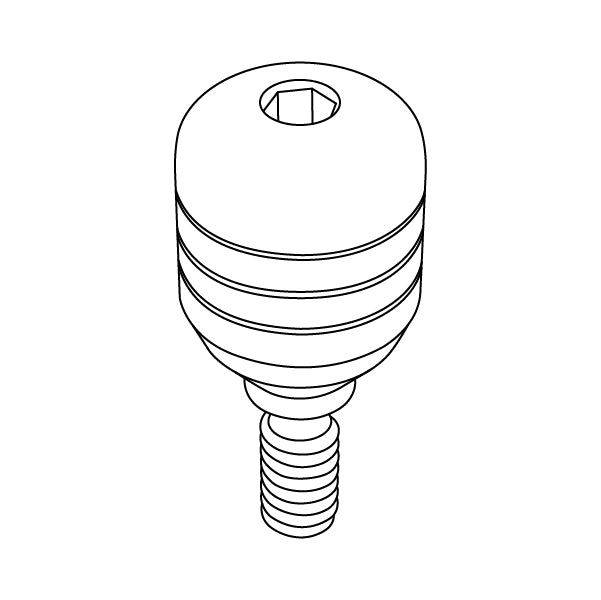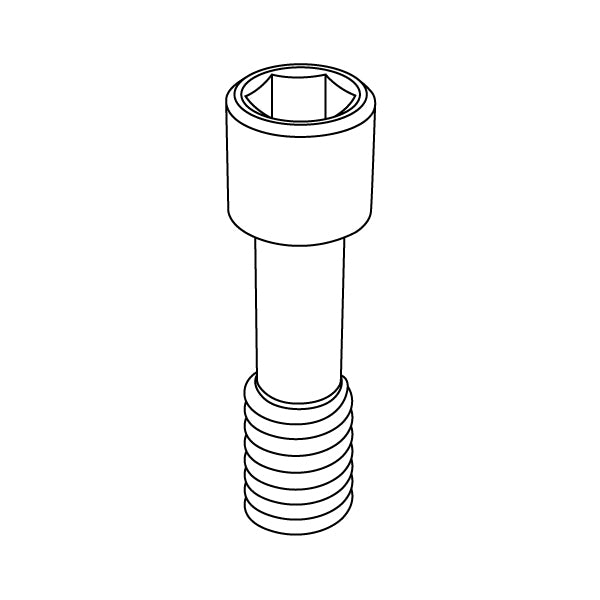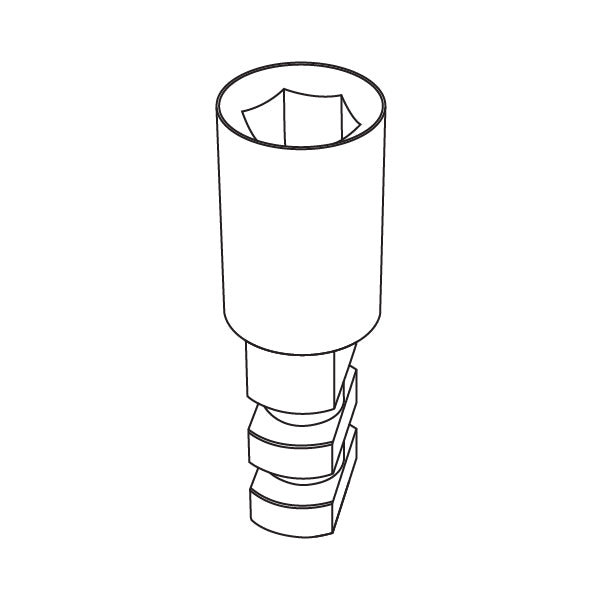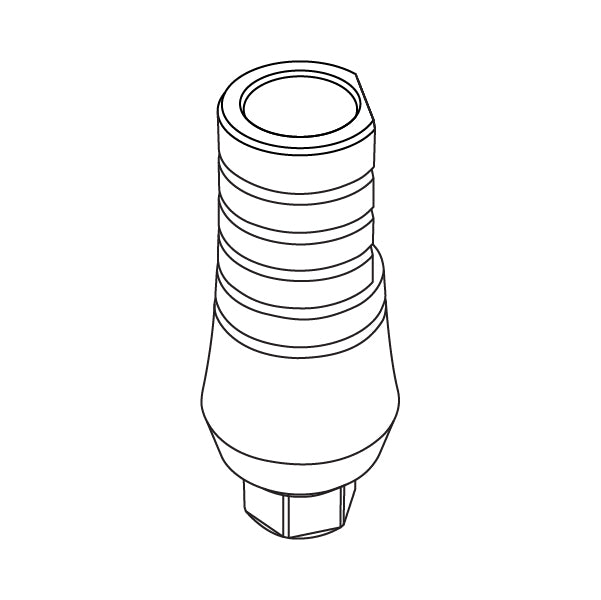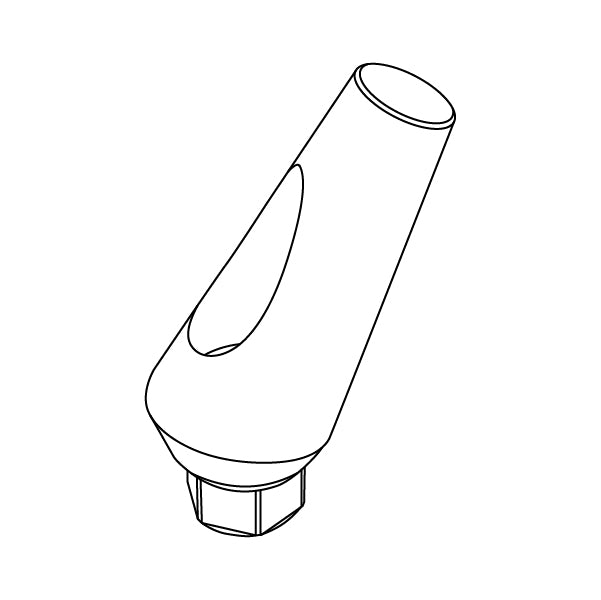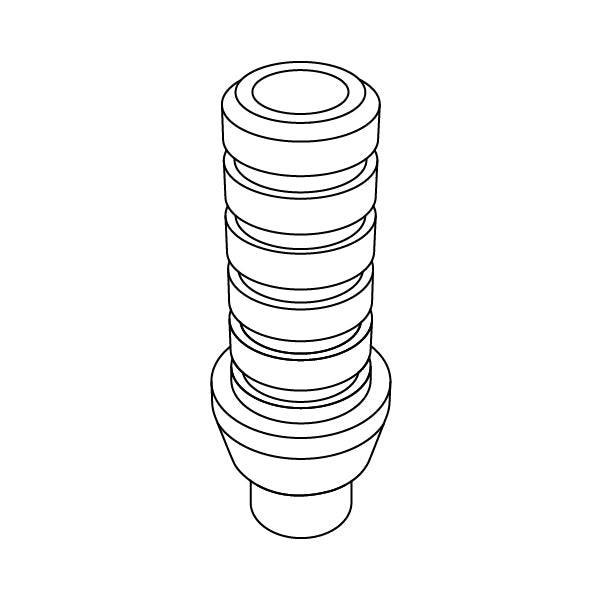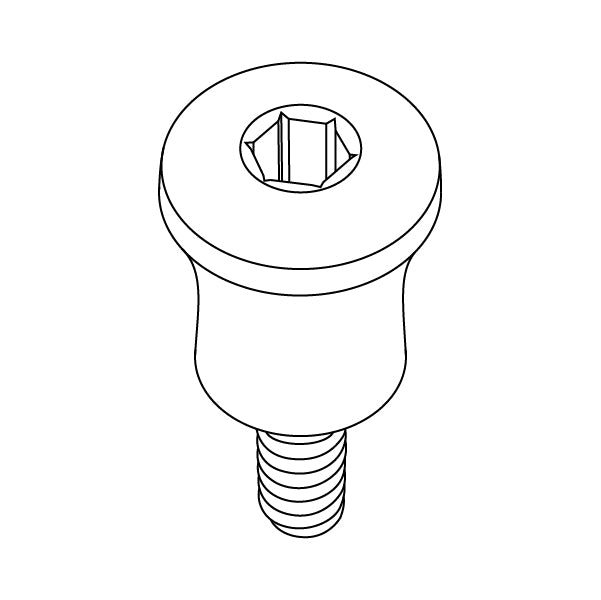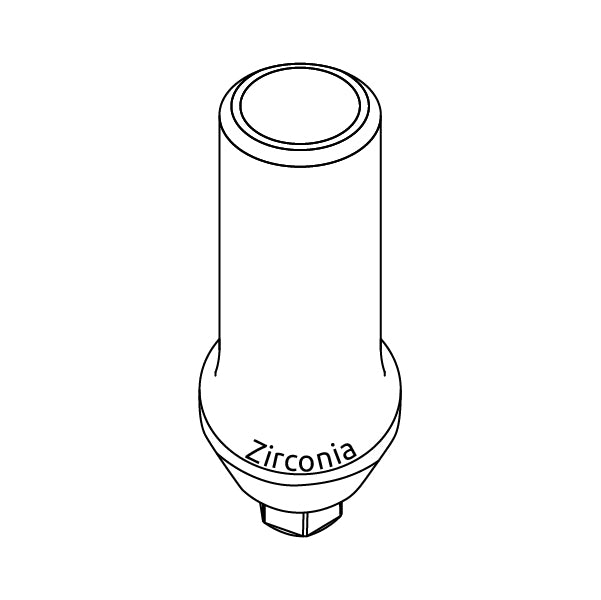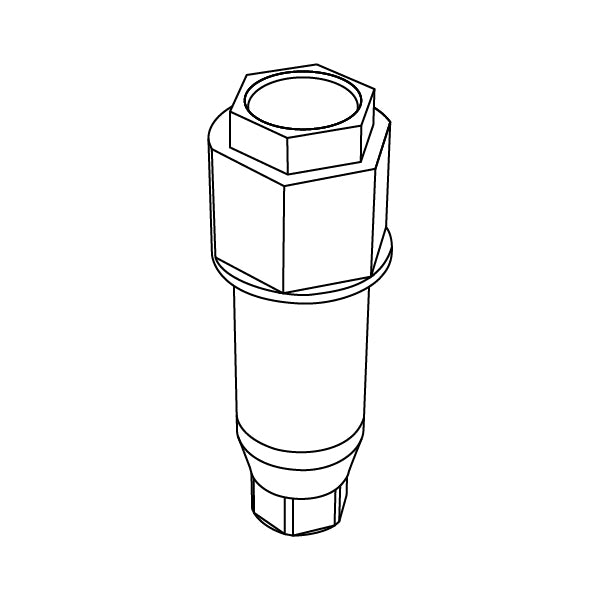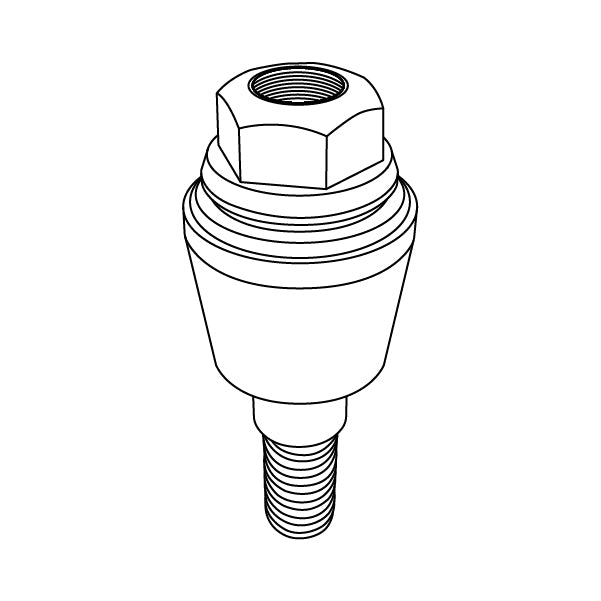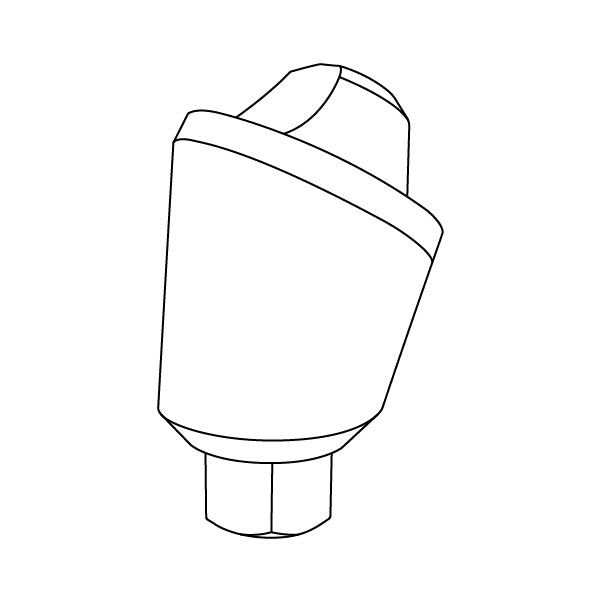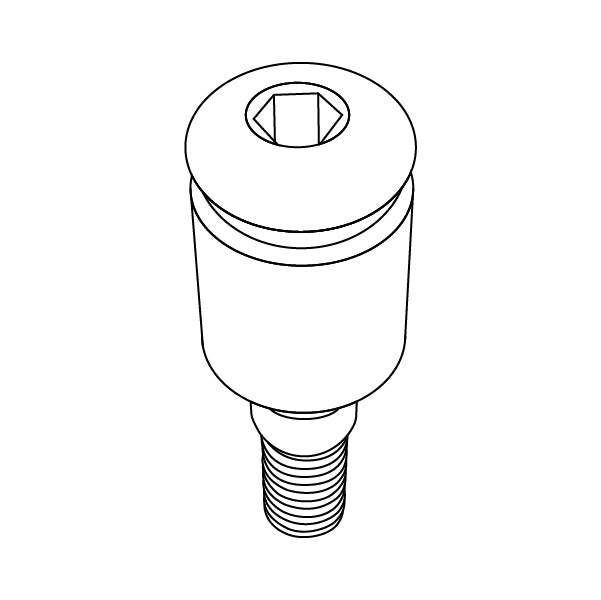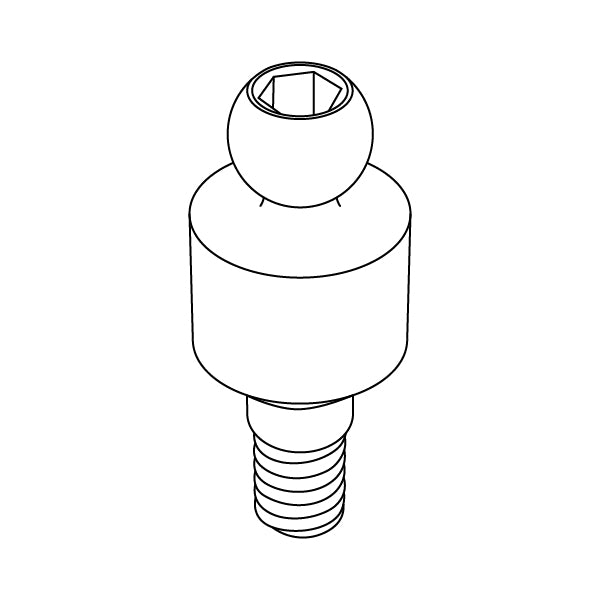Our Dental Healing Caps have been specially designed to promote soft and hard tissue healing around a dental implant.
We stock a choice of different caps to suit different clients, ranging from slim platforms to normal platforms and wide platform options. You can also choose from 5 diameters, including Ø 3.0mm, Ø 3.8mm, Ø 4.6mm, Ø 5.5mm and Ø 6.3mm.
They are also carefully constructed from quality, Titanium grade 5 (TI-6AL-4V ELI).
FAQs
To determine the timing of the placement of the healing caps, a dental practitioner must evaluate the surgical technique used, the stability of the implant system, and the clinician’s treatment plan.
Typically, dentists place healing caps right after the implant placement or during the second-stage surgery after a period of osseointegration.
Fitting a healing abutment in a one-stage procedure involves placing the implant and the cap simultaneously. A dental practitioner starts by inserting the implant into the bone before attaching the healing cap to it.
Once the recovery process starts, the gingival former protrudes through the surface of the gums and stays in place. After the implant fully integrates with the patient’s jaw bone, the dental professional may remove the healing cap and replace it with an abutment.
There is no need for a second surgery to connect the abutment once the dentist places the healing cap onto the implant.
Unlike the one-stage procedure, the two-stage process involves the dental practitioner inserting an implant into the patient’s bone and leaving it there to heal. After the recovery process is completed, the dentist will make an incision to expose the implant and place the healing cap onto it.
Eventually, the dental professional will remove the healing cap after the gums heal, attach the abutment, and put the crown into place.
The clinician’s professional opinion, the implant system being used, and the patient’s healing response play a crucial role in determining how long healing caps should remain in place.
Typically, they are left for several weeks, allowing the soft tissues to mature and the gums to take shape around the implant.
After the tissue matures sufficiently, the dental practitioner may remove the healing caps and replace them with definitive abutments for prosthetic restoration.
That said, every case is different. Dentists must evaluate each patient and their condition on an individual basis, taking into consideration factors such as implant stability, soft tissue healing, and the overall treatment timeline.

